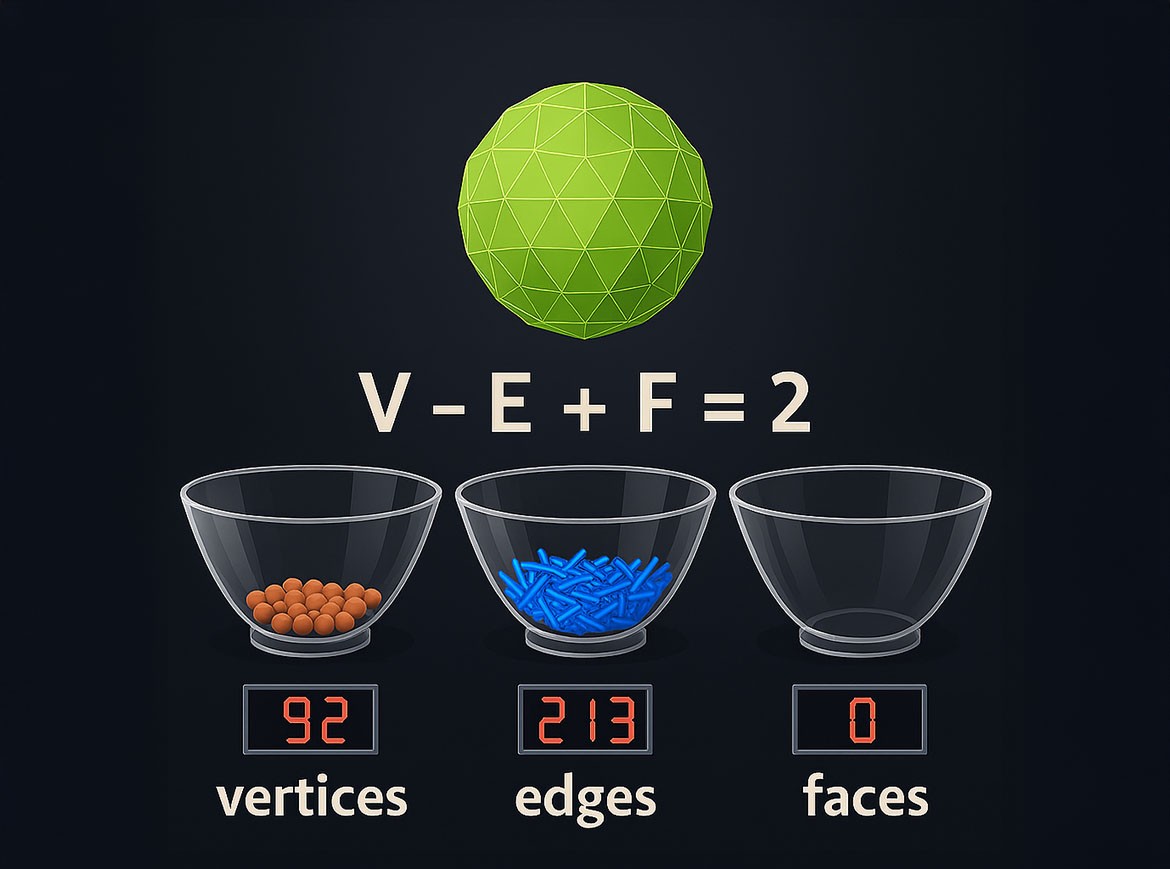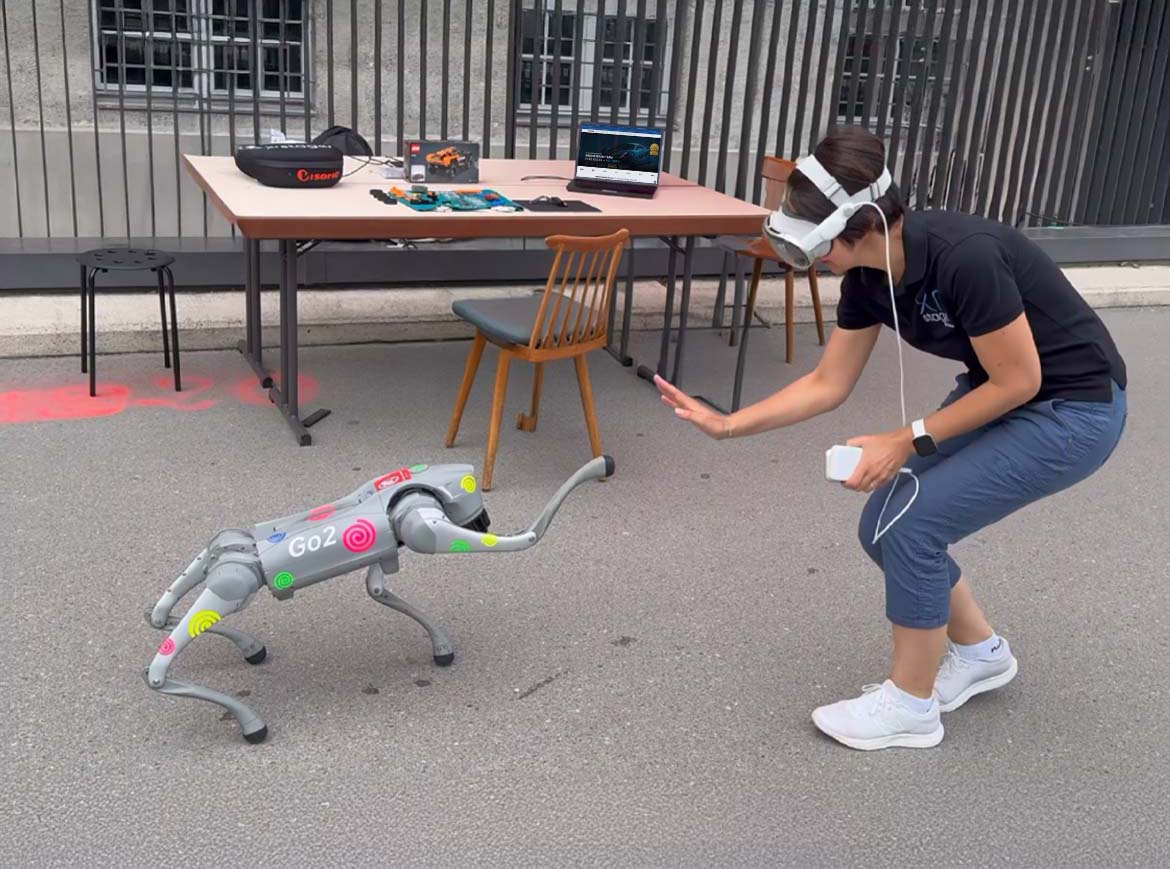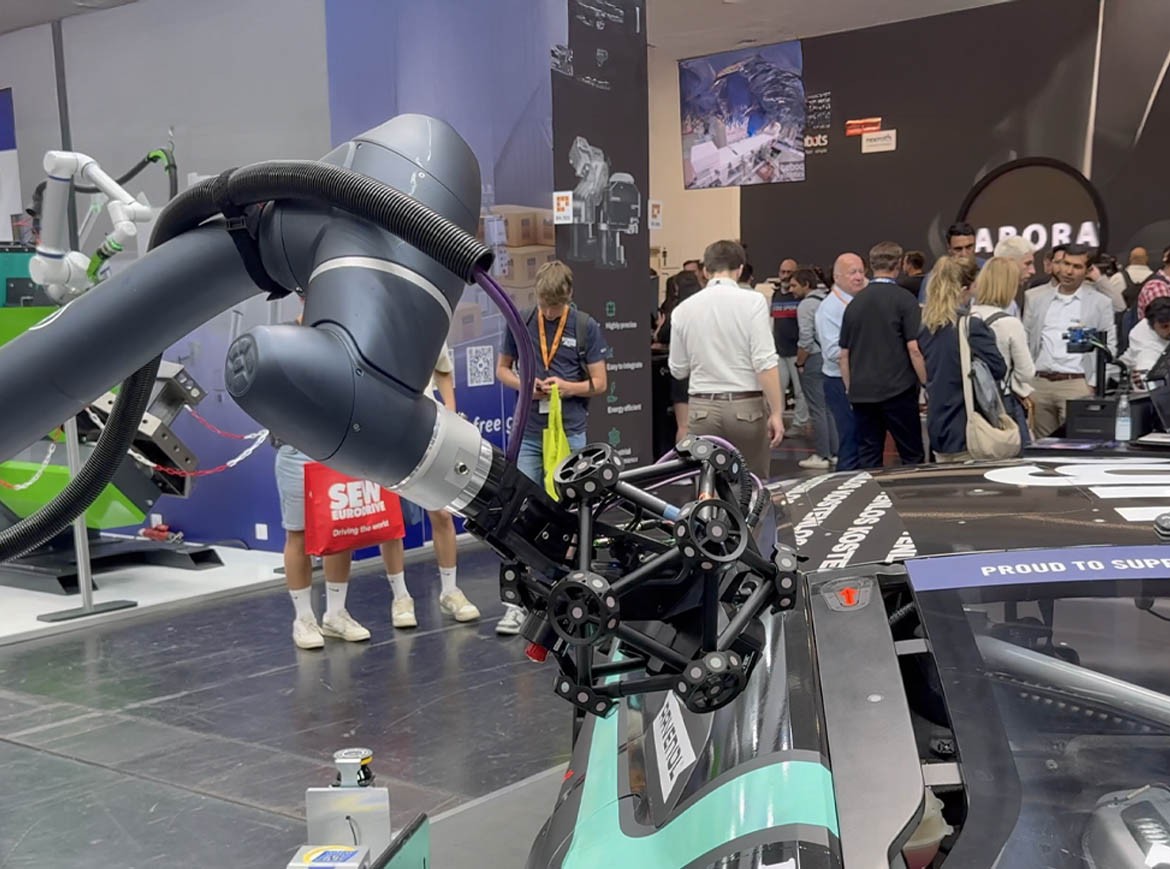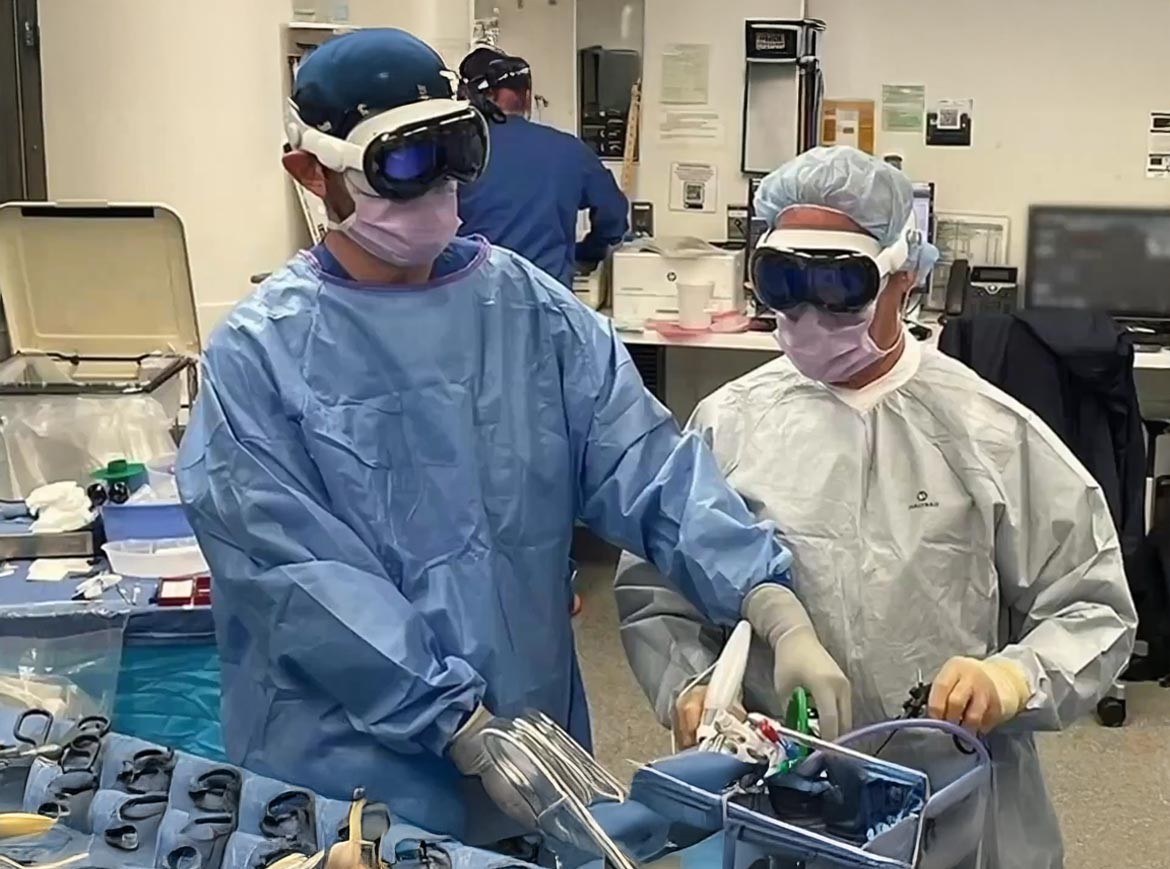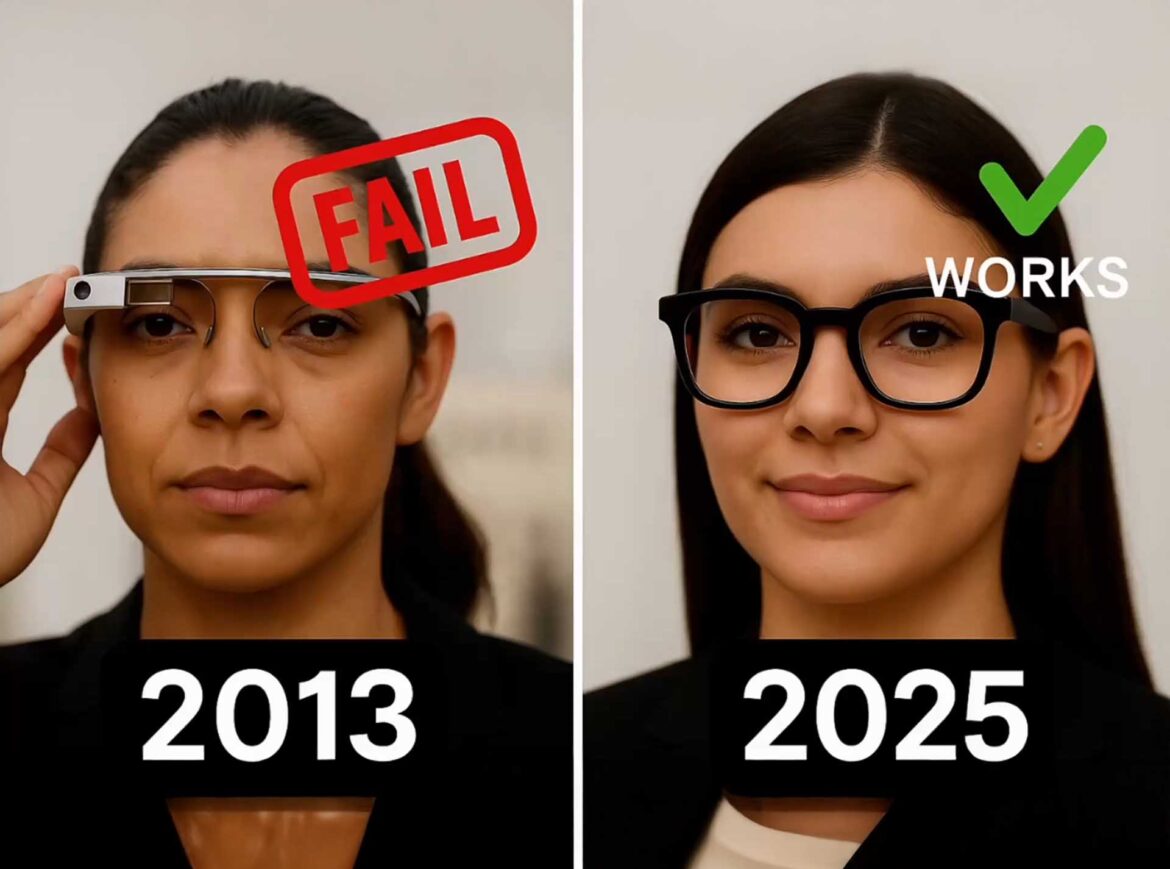When the Table Becomes a Stage and AI Joins the Cooking
Robo Dog Meets XR – Reality in Review
Visoric showcases XR industry application at the Festival of the Future at the Deutsches Museum
Next Level Automation: XR, AI & Robotics at automatica 2025
AI-Powered 3D Material Design – Creating the Digital Textures of Tomorrow

AI Texture Mapping Visualization: Generated visual by Freepik, contextualized by Flux I | Topic: Artificial Intelligence How AI Is Transforming Our Perception of Materials Whether it’s an armchair, a surface, or a digital prototype – what if textures were no longer selected manually but generated instantly at the push of…

